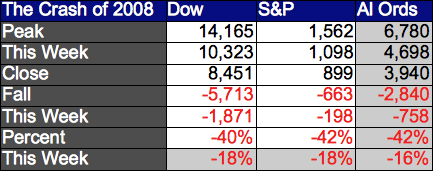If things are really grim, it helps to have an indefatigable nature, and there’s no doubt that RBA Deputy Governor Ric Battellino has that in spades—at least in the speeches he makes at public conferences. Were I being crucified, I’d like to have Ric up there with me, singing “Cheer up Brian!…”, to take my mind off the nails.
But were I still in the Garden of Gethsemane, and actually trying to avoid the Romans (and an extended Pilates session the next day), I think I’d want someone else on lookout duty.


